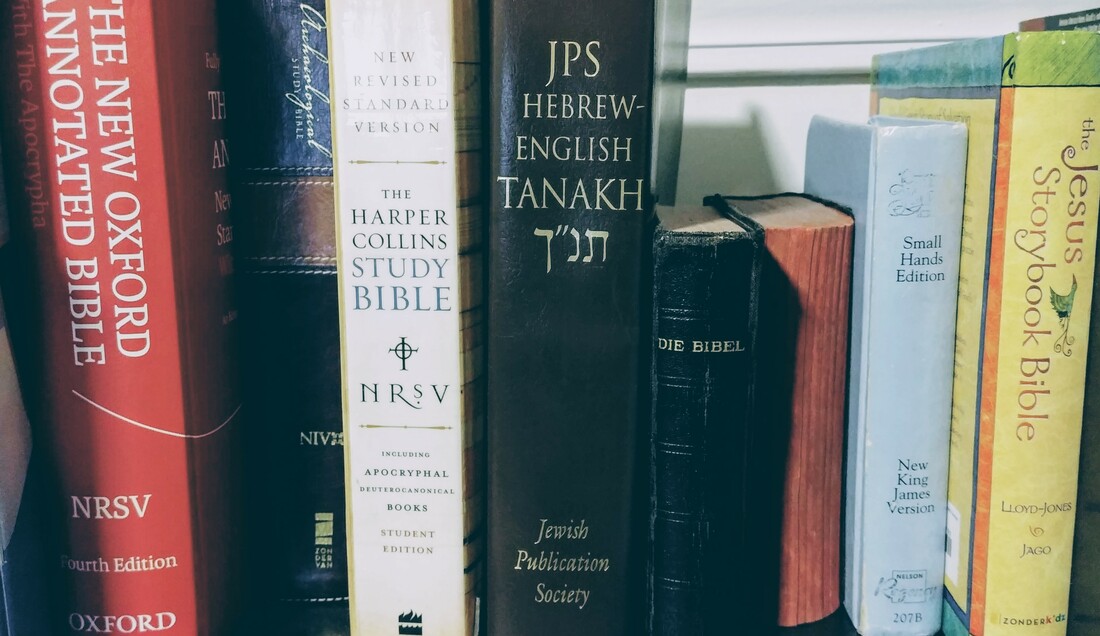|
-Rev Melissa Fain- This is the forth post in a series.Here are the first three if this is your first visit: Week 1: Introduction Week 2: Finding God Week 3: Language Changes The Story of the Dead Sea Scrolls: aka- How to literally fall into greatness.He carefully looks at the statue. If he can remove it safely it will release the correct door, revealing the Dead Sea Scrolls. If not, the whole room begins to fall apart, and utter doom for all who are with him. He looks around and only sees dirt. Grabbing a bag, he fills it up, and guesses the weight of the statue by adding more dirt to his bag. Feeling it is "good enough," he does a quick switch. Nothing happens. Then a door opens and magic light spills out. As he enters a giant boulder also releases almost crushing him. Yeah, I stole from pieces of the opening to Indiana Jones and the Raiders of the Lost Ark. While Jones captured our imagination when it came to archaeology, the reality is far from fantastical. In the late 1940's, a shepherd was in the middle of doing his daily routine when the ground gave way, and he fell into a hole. Finding his bearings, he looked around to see clay jars. Inside were texts from the Hebrew Bible. For a year, he kept some of them hanging in front of his house. Then, he tried to sell them. He eventually got $28 for half of a manuscript. That's when archaeologists got involved. Asking around, they eventually found the original cave, and then found several more. It turned out to be the biggest Biblical archaeological find ever. It was literally the tomb of dead parchment. When the scroll would get damaged, instead of just throwing it away, the Ancient Near East people put them in jars and entombed the parchment. These remnants help Bible scholars, even today, understand the original text. They are the oldest known versions of books of the bible known to humanity. The Story of the Masoretic text: aka- The Hebrew translation of the Hebrew Bible.If you click over to last week's meditation, check out the Hebrew. You will notice all these little dots and comas. Those are vowels. Most modern language includes them in the words, but Ancient Hebrew was different on many levels. By itself, the written words of Hebrew contained none. All you got were the consonants to let you know how to read the word. Then, around 500 CE they were added to the language. Because the written language had already been built, the vowels were inserted as comas, lines, and periods. It wasn't that they didn't know the word before, only now there was no doubt. They were added by a group called the Masorites. The Masorites wanted to preserve the text so there would be no confusion regarding what the Hebrew Bible was saying. Thus, the Masoretic Text was born. They made it their mission to spread this new translation far and wide. It is said the Masorites pulled from an ancient text known as the Urtext, but no such text has ever been found. The Story of the Septuagint: aka- The Greek translation of the Hebrew Bible.Two hundred or so years before the birth of Jesus the King of Egypt commissioned 70 Jewish Priests to accurately translate the Hebrew Bible into Greek. He chose 6 from each tribe of Israel. Sure, if you do the multiplication problem that equals 72, but this translation has been nicknamed LXX which stands for 70. No one important seems to care that the math doesn't add up. It's also inconsequential to the story. What is consequential is this translation was placed in the Alexandrian Library. Not in existence today, the Alexandrian Library was the biggest collection of writings from around the world. Depending on who's list you use, it was also considered one of the Wonders of the Ancient World. This specific translation was placed in the hub of commerce. It was dispersed in ways other translations couldn't. When you are reading references in the New Testament to the Hebrew Bible, you are reading them pull from the LXX Greek Hebrew Bible. Added note: When comparing the Masoritic text and the Septuagint to the Dead Sea scrolls, their are places where both don't match, but for every one mismatch of the Septuagint to the Dead Sea Scrolls, there are four mismatches to the Masoritic. The Story of what this all means: aka- This is more than Monty Hall asking you to pick a door. What I just shared was class number one in OT101 taught by Rev. Dr. David Peterson. He had a way of teaching alarming information, and quickly disarming it's danger. He is the base of my theological understanding, and I take knowledge and method from his classes.
As I learned about the different translations, I first thought the Dead Sea Scrolls were it. We should be exclusively using them to translate. Then I jumped on the Masoritic band wagon. It's actually Hebrew, and it's complete. Finally, I went Septuagint because it was actually the oldest complete Hebrew Bible. Only, there's those textual differences between all three. The Dead Sea is the oldest, but we just don't have it all. This also doesn't mean everything in those caves are 100% accurate. If a scribe made a mistake copying, that text still contains scripture, and must be properly laid to rest. As we study the texts in the cave, that must be kept in mind. Also, remnants doesn't mean missing specific pages. In some cases, a remnant can literally be a piece of a parchment. Modern translation teams use them all. Yes, I wrote "teams." Rarely does one person sit down and do a translation. Teams allow for discussion on how something should be translated. If your translation is worth its salt, you will see tiny letters tied to tiny words at the bottom of your bible. Those are times the team didn't agree completely. Rather than just going with the majority, they also included what others thought as well. This is why I asked you to take this journey in order, and why I had to spend a week pointing to the location of God. God exists in the event itself, and the transcriptions of the events are like shock waves. The ripples of a God event are sacred, like touching the hem of Christ. Do not think I see them as mere words. You shouldn't either. We are simply putting the most wonder and awe back on the event itself, and are humbled that we were given a piece of that event in the text we have today. |
Categories
All
Archives
October 2023
|




 RSS Feed
RSS Feed